- Need Any Help: +1 647-760-5505 or
- [email protected]
Trubicars partners with leading, top-rated, top-quality driving schools throughout Canada and passes down the best pricing and packages to you. This means that regardless of where you live or what type of license you are looking to get, you can rest-assured that when you choose a package from Trubicars that you will be properly prepared and confident to pass your test.
Throughout Canada, license classes vary from province to province. To get licensed to drive a car you need to be at least 16 years of age. There are stages to a full license to drive a car and these also vary between provinces.



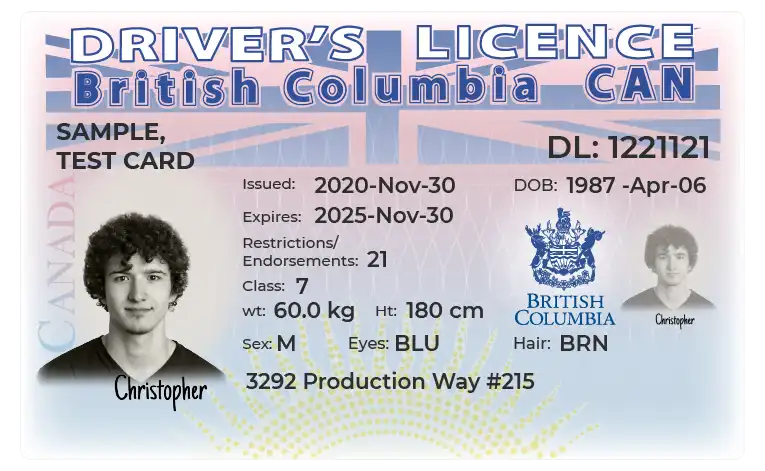
At the minimum age of 16, a person can get their Class 7L (learner’s permit). This allows the driver to begin training to drive a vehicle. With this license, they must always be accompanied by a licensed driver who is 25 years of age or older.
A minimum of one year later, a driver can test to obtain their Class 7 license. These drivers must place an N decal on their cars to show they are novices. There is a variety of driving restrictions with an “N” Class 7 license including the number of passengers. Once a driver has met the qualifications, they can test for their class 5 full vehicle license allows them to drive without restrictions.
At the minimum age of 14, a person can test to obtain their Class 7 Learner’s permit. This license allows them to practice driving with a licensed driver who is over the age of 18.
At the minimum age of 16, and if the driver has held their Class 7 for a minimum of one year, a driver can take a road test to obtain their Class 5 Probationary license. This license has several restrictions in place while the driver obtains experience. After a minimum of two years without suspension, a driver can test to obtain their Class 5 Non-probationary license.
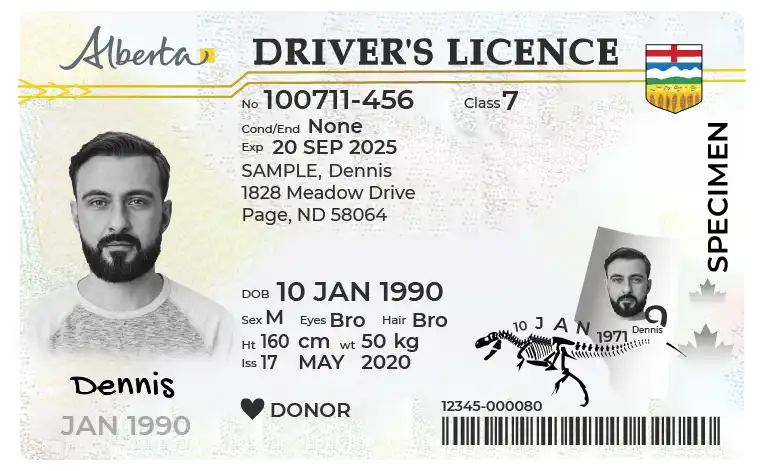
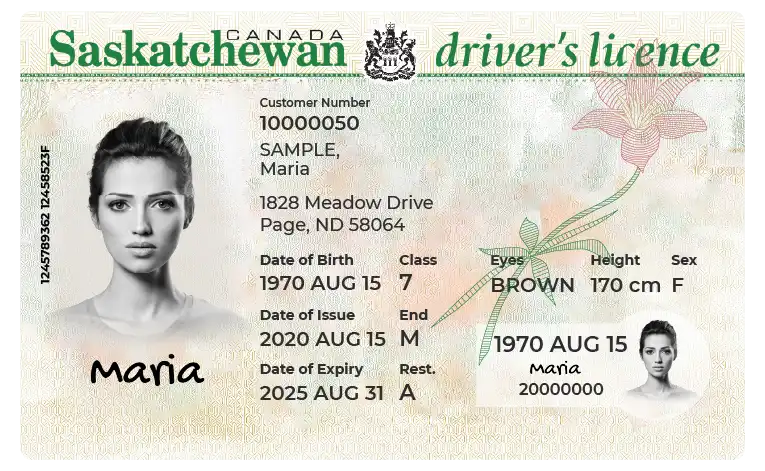
At the minimum age of 15 with parent approval and enrolment in a high school driver education program, an individual can test for their Class 7 driver’s license. For those not registered in a high school driving program, a person needs to be a minimum age of 16 and have parental approval for this license class.
The minimum to obtain a Class 5 License is to be 16 years old with parental approval and have held their Class 7 for a minimum of 9 months.
Questions are taken directly from the MTO Driver’s Handbook, which will help you pass your test the first time. Guaranteed.

In Manitoba, an individual can test for their Class 5L Learner’s Vehicle License at the age of 15.5 if entered into high school driver’s education or 16 if not.
With this license, it is required they have a front-seat passenger who has held a full license for a minimum of 3 years.
After holding a Class 5L for at least 9 months, an individual can apply for a Class 5I Intermediate Vehicle License.
15 months after holding a Class 5I, an individual can go for their Class 5F full vehicle license.
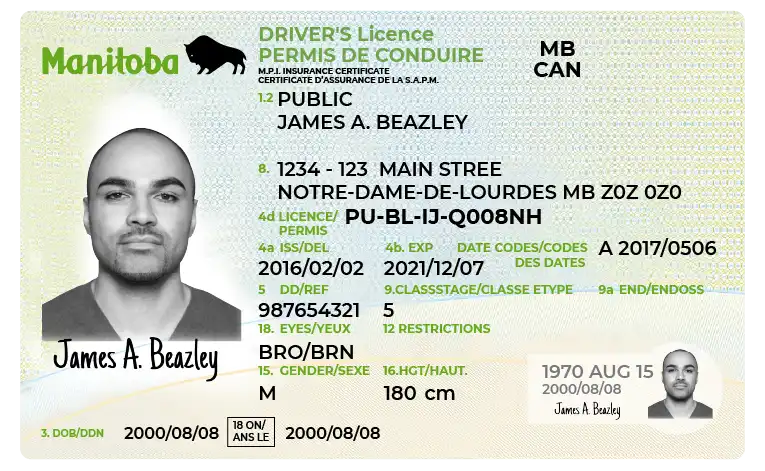
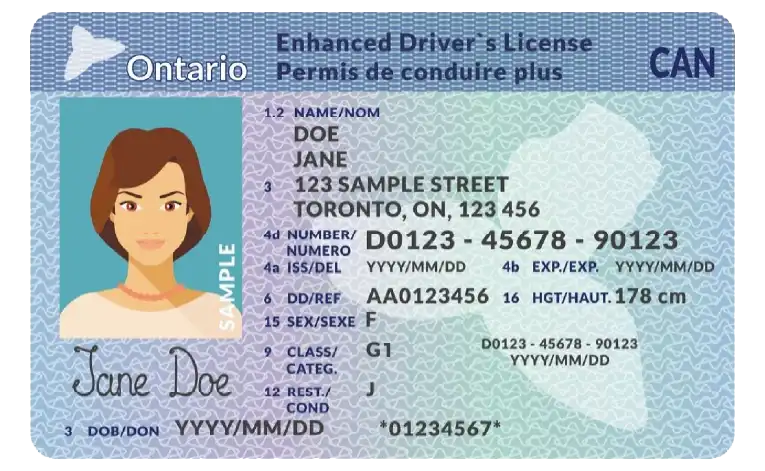
In Ontario, at the minimum age of 16, an individual can test for their Learner’s permit G1 license. 8 months later if the driver
has completed and passed an approved driver’s training course, or 12 months if not, the driver can test for their G2 probationary license.
1 year later they can test for their Class G full license.
To obtain a complete driver’s license in Quebec, individuals must undergo a compulsory Class 5 driving course and successfully clear both a written knowledge examination and a road test. This framework aims to provide inexperienced drivers with ample practical exposure before they embark on unrestricted independent driving.
As early as the age of 16, Quebec residents are eligible to take the Class 5 probationary license assessment, and after a span of 24 months, they can seek to acquire their full Class 5 license.
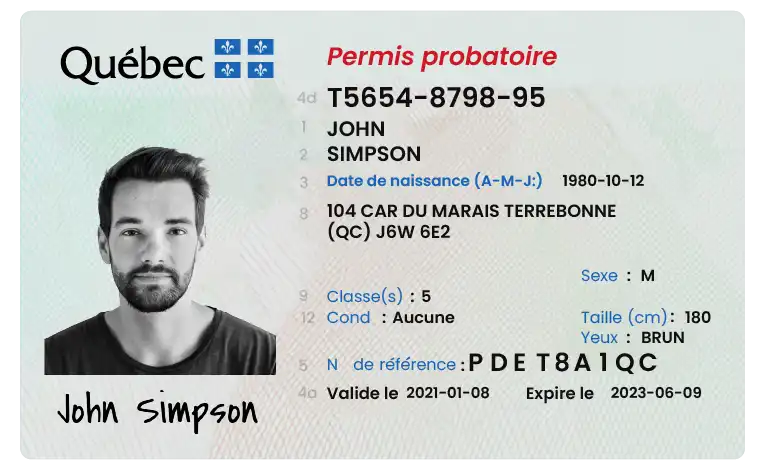
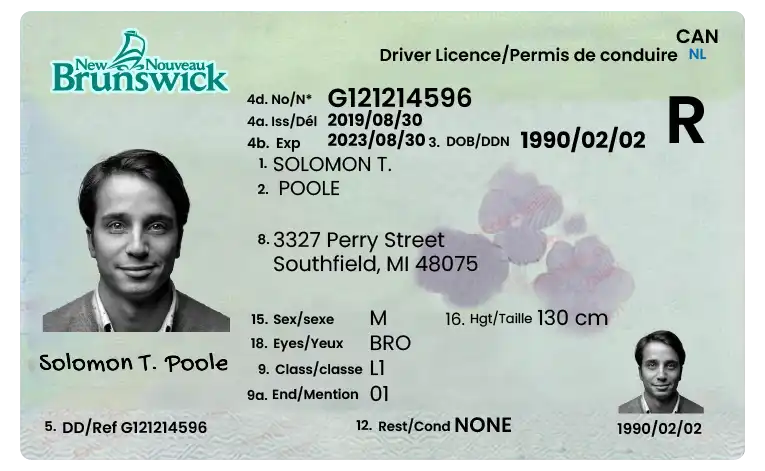
Individuals residing in New Brunswick must reach a minimum age of 16 to be eligible for the Level 1 license examination.
This license functions as an instructional permit, allowing drivers to gather experience throughout at least 24
months before progressing to a fully licensed driver status.
In Nova Scotia, applicants must be at least 16 years old to enter the Learner’s Stage of the graduated licensing program for Class 7 and 8 licenses.
This phase spans a minimum of three months with an approved driver’s education program, or six months without. Individuals aged below 18 must have parental or guardian written consent. The process also entails passing a vision test and a written multiple-choice knowledge exam encompassing traffic regulations, safe driving practices, and Nova Scotia highway signs.
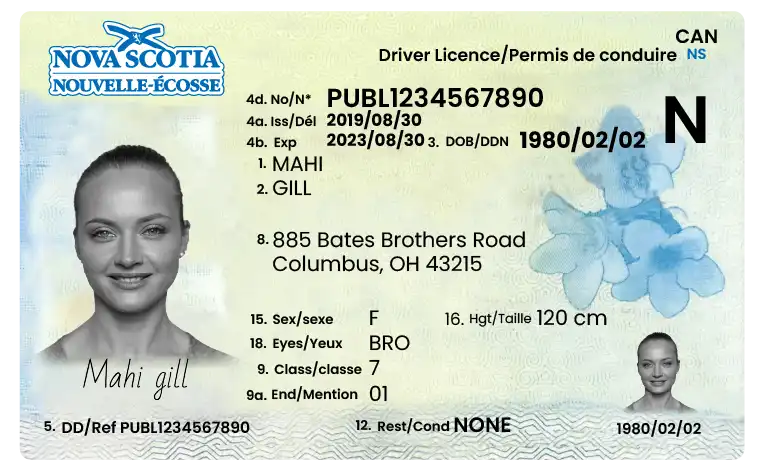
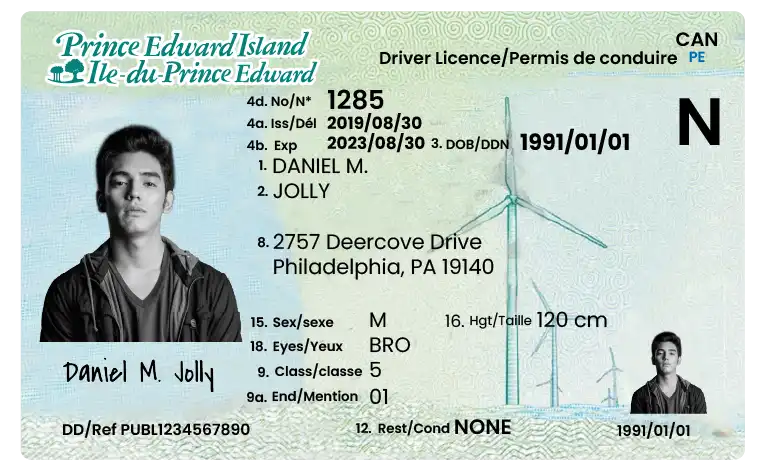
Individuals as young as 16 years old are eligible to seek an Instruction Permit.
Completing an approved driving training program enables the individual to take their initial road test after 275 days. In the absence of an approved driver’s education program, the road test can be taken after 265 days.
The application process mandates the submission of all required documents, payment of the applicable fee, and successful completion of a vision test and a written examination covering driving regulations and safety guidelines outlined in the PEI Driver’s Handbook.
Individuals can undergo testing for their Class 5 vehicle learner’s license once they reach the age of 16. Upon reaching 17 years of age, they become eligible for testing for the full license. Acquiring a Newfoundland and Labrador driver’s license necessitates the completion of the Graduated Driver Licensing Program, with certain exceptions possibly applying.
This program offers a methodical, progressive licensing approach designed to equip new drivers with the essential knowledge and abilities to operate a vehicle safely. Over the course of the first two years on the road, driving privileges are incrementally expanded for new drivers.
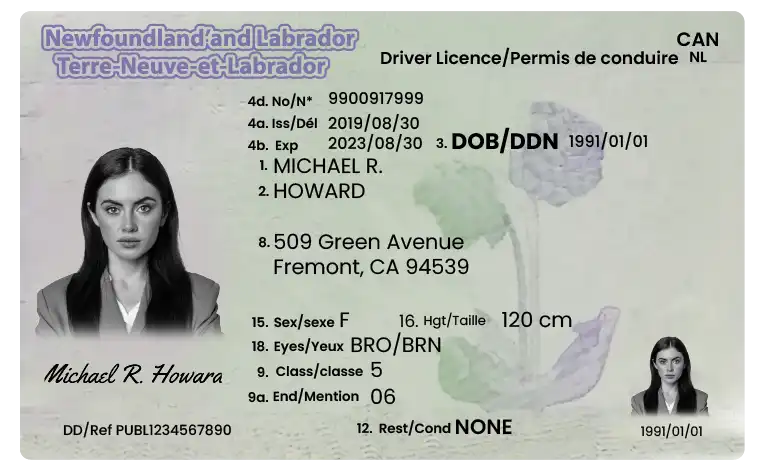
Once you acquire the knowledge provided in those tests, you are ready to pass the test, for the first time.
G1 PRACTICE TEST